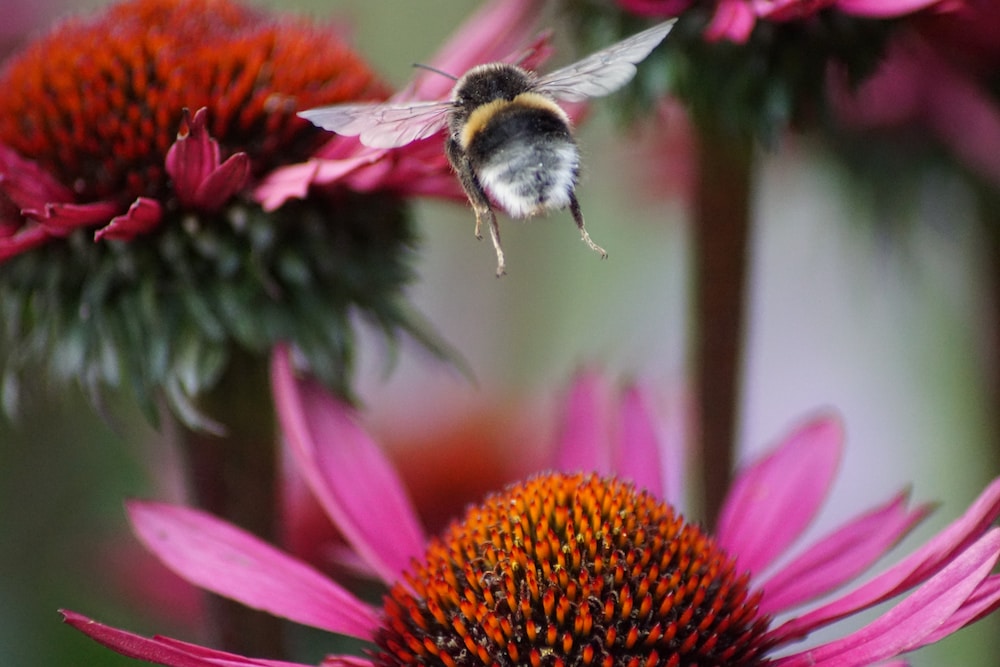Bumblebees might be tiny, but they possess impressive sensorimotor strategies that can solve complex navigational problems, an international study has found.
Led by UNSW Canberra’s Dr Sridhar Ravi, the study examined how insects, such as bees, identify obstacles in their path and deftly avoid collisions.
The findings were published this week in the Journal of Experimental Biology. It follows the team’s previous study that examined how bees can consider their own size in relation to obstacles.
“We know insects like flies and bees are very good at flying fast and dodging obstacles like branches, stems, and our swatting hands,” Dr Ravi said.
“We were curious about how they process external information about the world, identify obstacles in collision course, and perform evasive manoeuvres.”
The team tracked the body and the tiny head of the bees as they flew between obstacles, analysing how the bee’s head and body orientation changed as they approached an obstacle and avoided an imminent collision.
“From the tracking data on the bees’ heads, we recreated what the bees saw during flight (as though we are looking through the bees’ eyes) and tried to identify what cues the bees may have used to perceive the world,” Dr Ravi said.
“We found that while zigzagging between obstacles, the bees actually stabilise their head. This head stabilisation turns out to be super important for being able to detect an obstacle and not get disoriented while flying. It also appears that bees may identify a potential obstacle and estimate the ‘time to collision’.
“Based on the time to collision, they modulate their wings to implement an evasion.”
The study might also have applications for robotics and drones.
“Obstacle detection and collision avoidance are areas of massive interest in the robotics community,” Dr Ravi said.
“We can already see that some drones and robots come with gimbal-stabilised cameras for non-shaky filming; the strategies used by insects are somewhat similar, but insects are also great at processing what they see, and identify any obstacles that are on collision course.
“The finding will hopefully inspire novel image processing techniques, so robots equipped with a stabilised camera can also perform similarly.”
‘Bumblebees display characteristics of active vision during robust obstacle avoidance flight’, published in the Journal of Experimental Biology, is a collaboration between researchers at UNSW Canberra, Bielefeld University, The Max Planck Institute, RMIT and Brown University.



